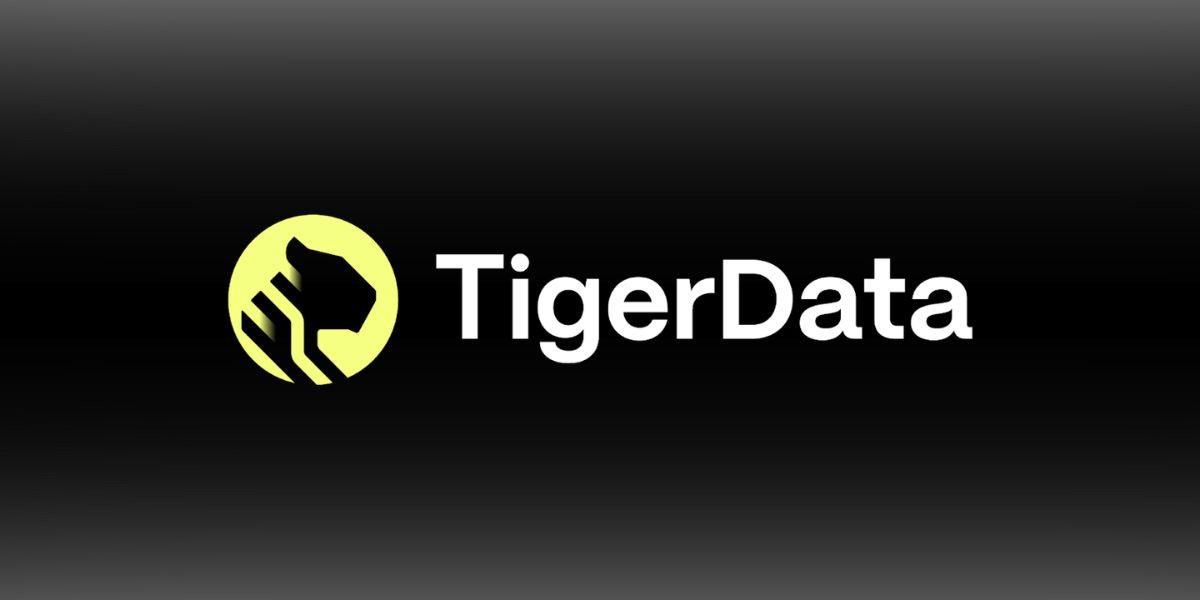Up to 20% of individuals struggle with dyslexia. In addition, this neuro-cognitive disorder impacts 80-90% of individuals with learning disabilities. In addition, of those who struggle with reading, 70-80% have dyslexia. This disorder impacts the language processing centers of the brain, and it causes challenges in speech recognition, learning, and reading. To give individuals a better chance to succeed, it is essential to identify the signs and symptoms of dyslexia early.
Signs in Toddlers and Preschool-Aged Children
Unless they specifically look for signs of dyslexia, many parents will not recognize them. However, there are key signs that a child may struggle with this condition. First, these children start speaking later than others their age. They also take time to learn new words and cannot sound them out or pronounce them correctly without significant effort.
These children also have difficulty speaking and remembering nursery rhymes, recognizing rhyming patterns, or staying in rhythm. They may have difficulty finding the right words when they need something or tell a story, and they will frequently substitute a similar word and may even continue to use baby talk.
These neurodivergent kids may also not follow directions properly because they do not understand them, mainly when they receive instructions for multiple tasks at once. They may also have difficulty putting colored beads in sequence or following specific daily routines. These children also confuse directional words, such as right and left or up and down.
Dyslexia assessments may show that these children have challenges with their memories because they cannot remember the names of letters, colors, numbers, teachers, and friends. They likely will not follow along in a book their parents read to them aloud. These kids may seem disinterested in the story and appear to have difficulty paying attention.
Because their chance of inheriting dyslexia rises by 30-50%, a family history, particularly a parent, of dyslexia may be an indicator. Many children with dyslexia even have chronic ear infections.
Signs in Early Elementary-School-Aged Children
As children age and enter elementary school, these signs may persist. Often, it is the teachers who discover dyslexia due to their focus on these children’s learning abilities and progress. Teachers will see different signs.
If they struggle with dyslexia, children in early elementary school, kindergarten, through second grade often have difficulty sounding out words and breaking them into syllables. They struggle to sound out and spell words phonetically. These kids often do not associate letters with their sounds. This causes these children to make mistakes, skip, guess at, or substitute words when they read. Their reading is often choppy, slow, and well below their expected reading level.
Children with dyslexia also have difficulties with writing skills. Their handwriting tends to be illegible, and they may reverse or mix up their numbers and letters. Cursive writing is incredibly challenging.
School-aged children also find it difficult to spell words, and it takes them much longer to complete tasks that involve instructions and reading. They often complain about reading and avoid reading activities. They can struggle with processing what they hear and sequencing things or tasks. They may also confuse words that sound similar.
Learn More About Dyslexia
Dyslexia has different severities. Learn more about assessments like (TOD™) Tests of Dyslexia and how these assessment tools can help children with dyslexia succeed in school.
Published by: Khy Talara






